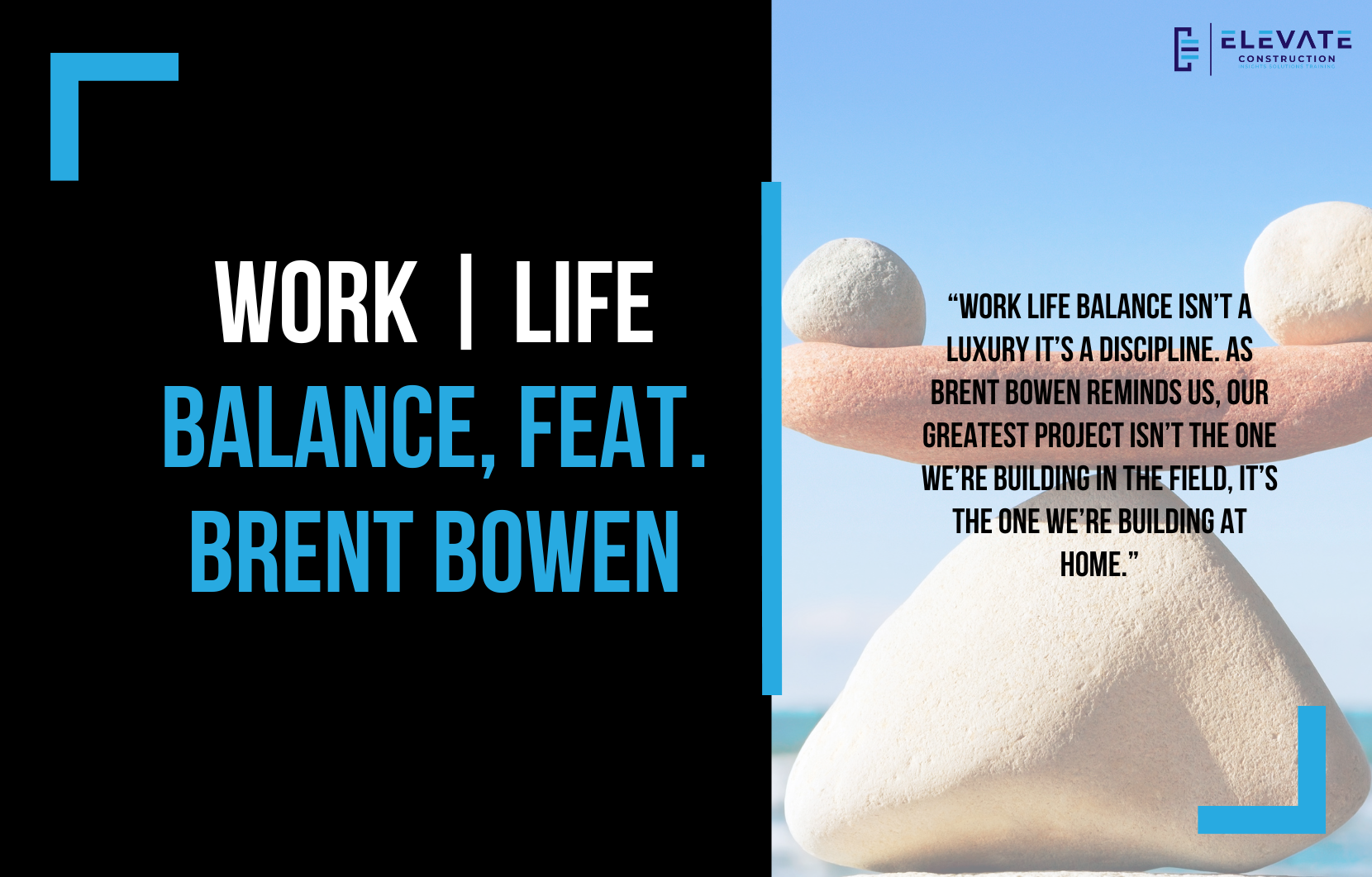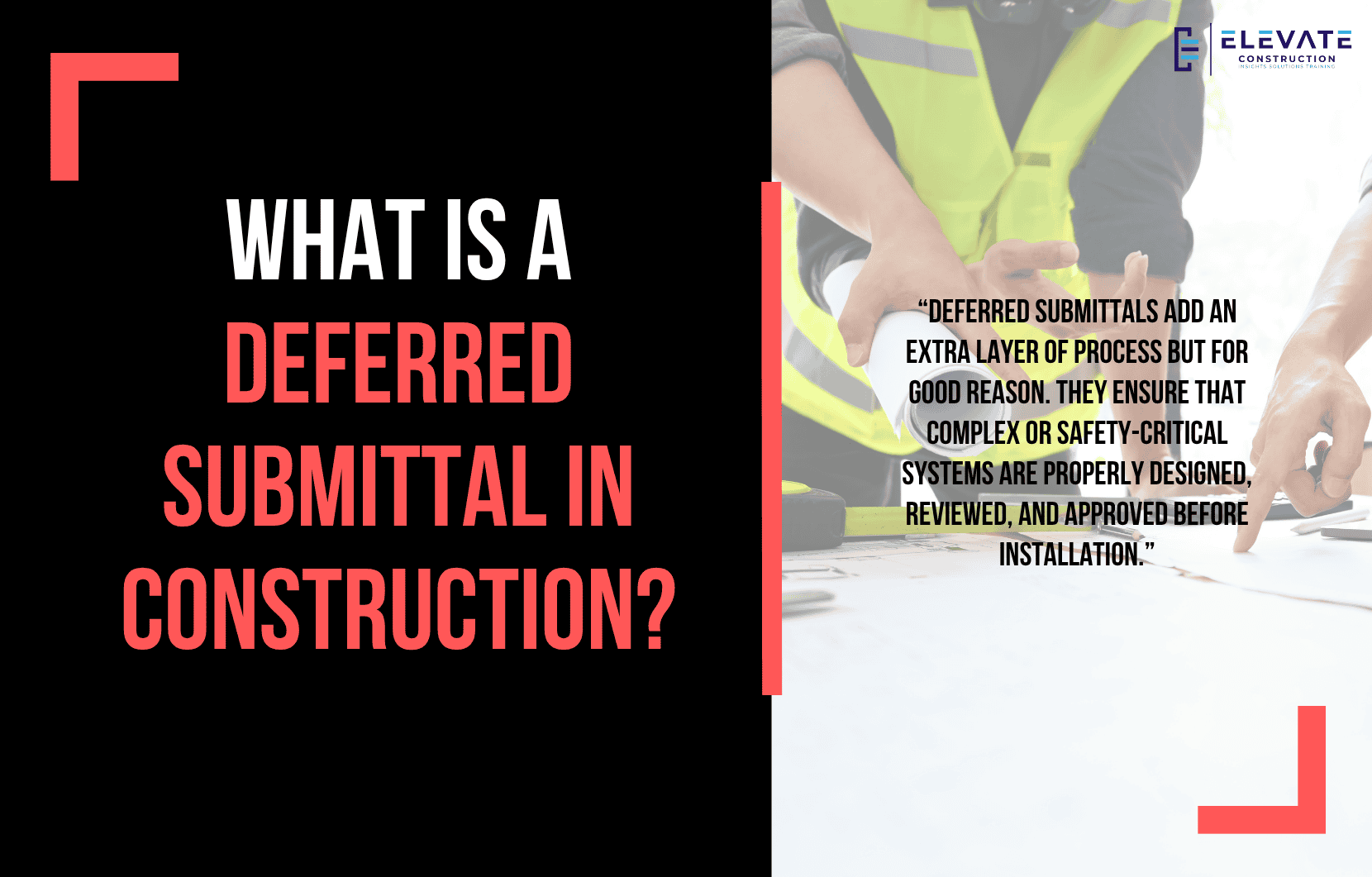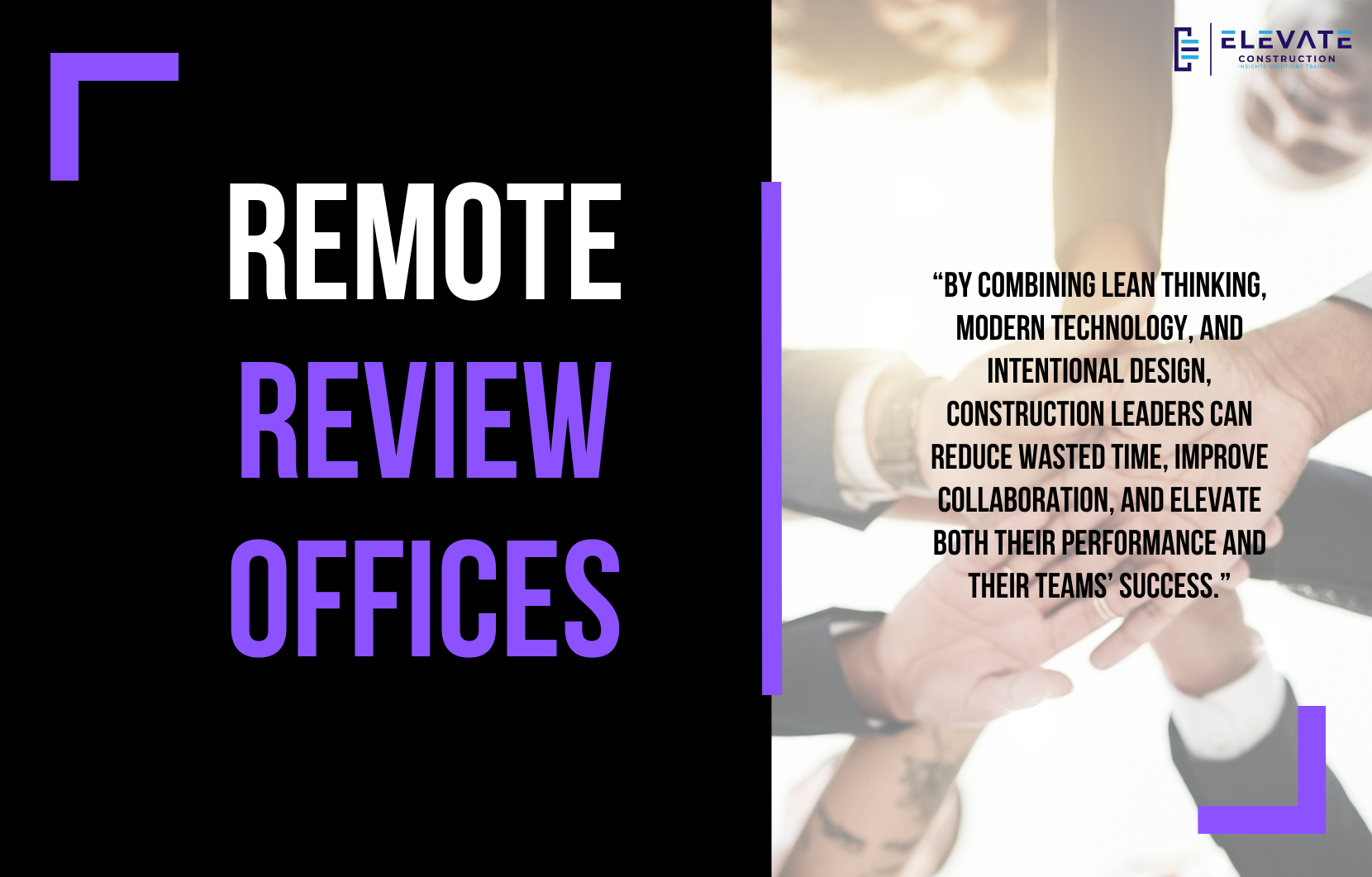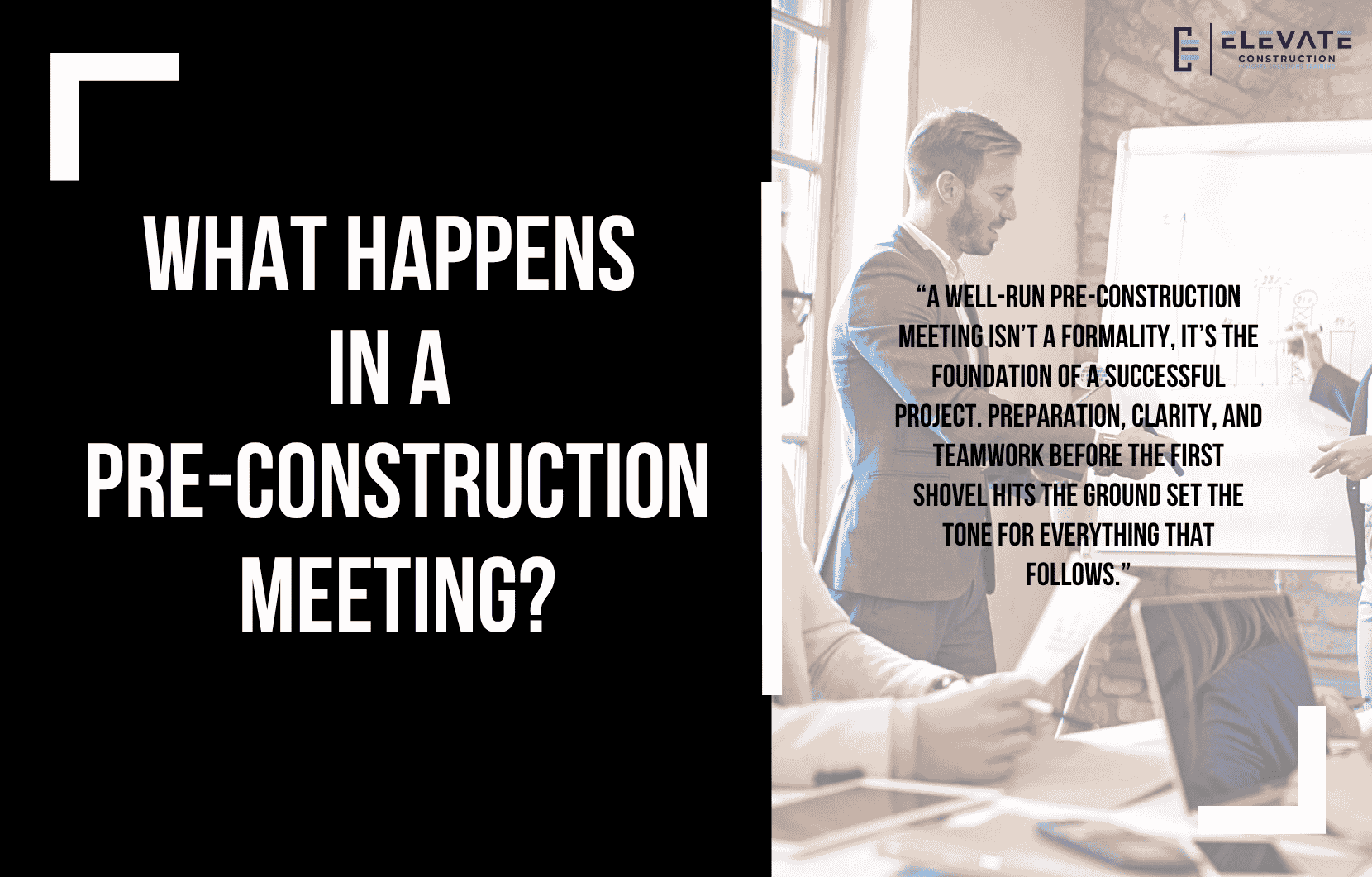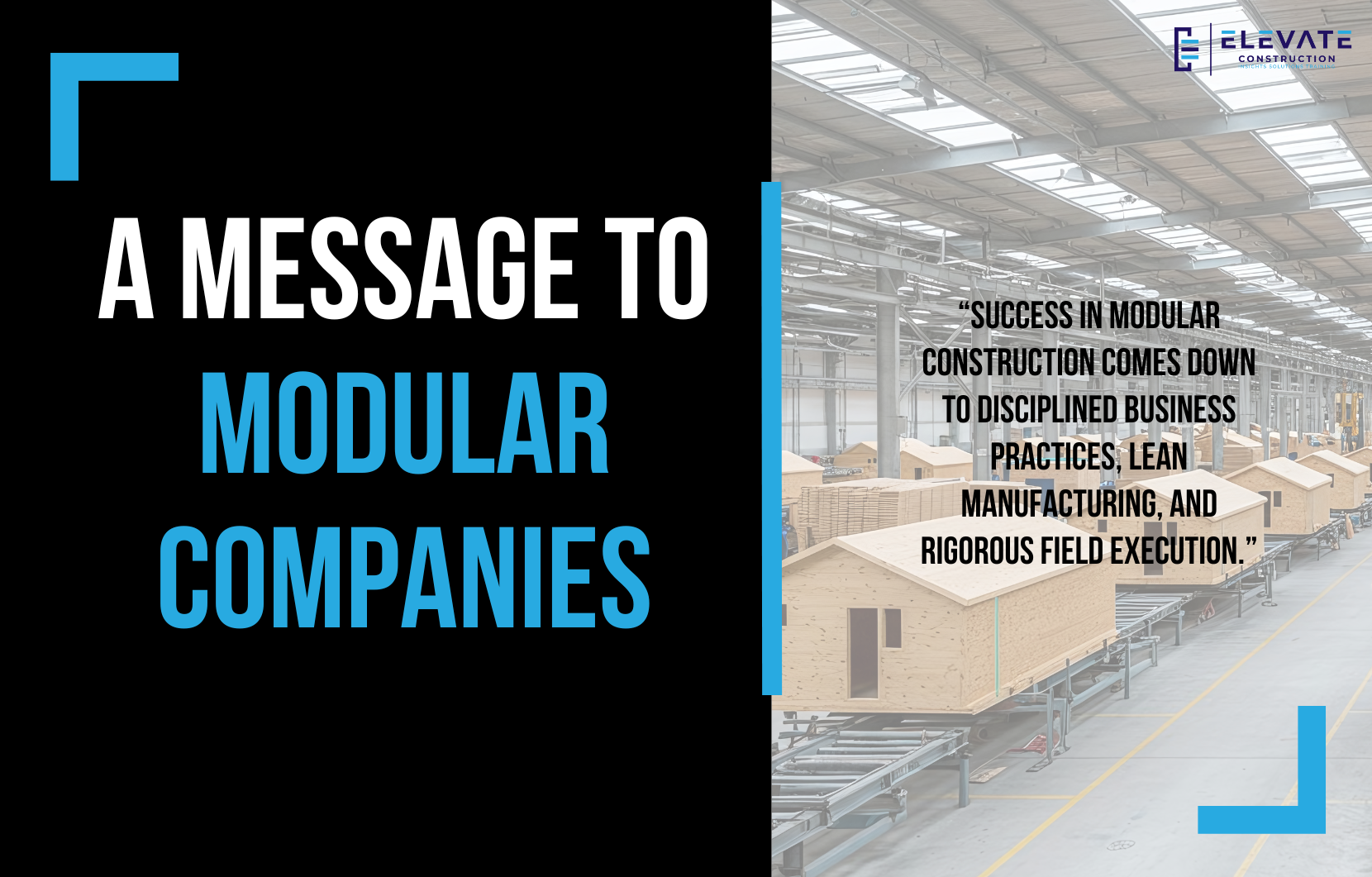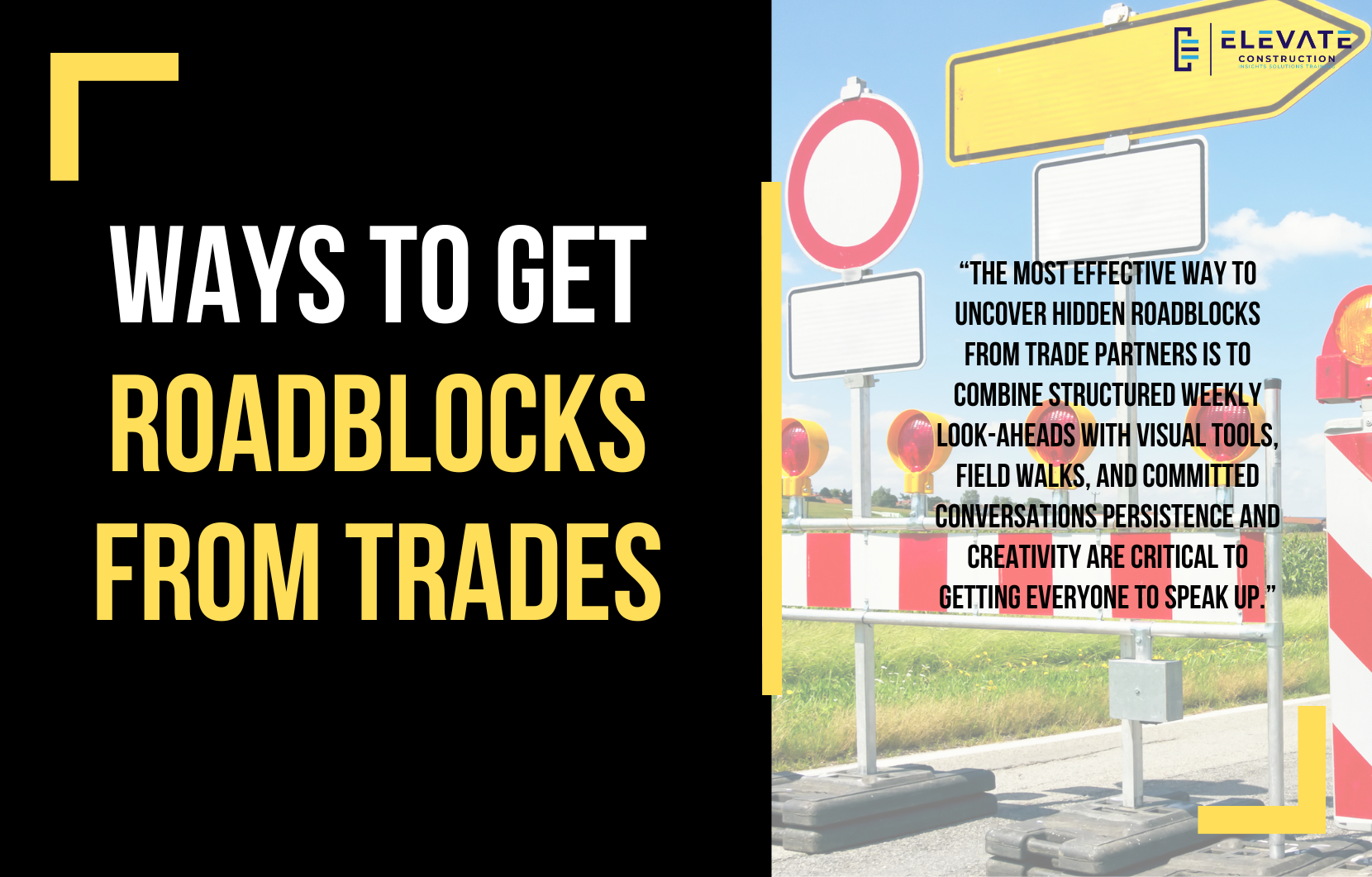How Much Do Field Operators Make?
This is a question that comes up often, so in this blog, I’m breaking down exactly what field operators earn and what factors influence those wages. I’ll also cover a few common questions about overtime, union pay, certifications, and what it really takes to reach top dollar in this career.
Before we dive in, know this: our team does in-depth research for every topic. We build detailed outlines, pull from reliable data, and compile the most valuable information so you can get clear insights fast and get back to doing what matters most at work and at home.
Average Salary
Let’s start with the numbers. Some operators are making up to $60–$85 an hour especially on the West Coast with strong union benefits. That’s an incredible wage, and for good reason.
In Arizona, for example, equipment operators typically earn $28–$45 per hour. Pay varies widely based on location, experience, and whether you’re a part of a union. Non-union, non-coastal operators usually fall in that $28–$45 range, while union operators on the coasts can reach $60 or even $85 an hour.
It’s a great career comparable to becoming a pilot or ship captain. You need skill, patience, and proper training. It’s not easy work, and it’s not something just anyone can do well. Field operators are responsible for safety, precision, and major assets on site.
Union vs. Non-Union Pay Ranges
Union operators typically earn more because of negotiated benefits and collective agreements. But even if you’re non-union, strong relationships, skill, and reliability can push your earnings higher.
If your company doesn’t offer top pay, many experienced operators start their own businesses buying equipment, running small operations, and eventually expanding into full-scale services like trucking, pumping, or excavation.
Overtime Pay
Yes, operators do get paid overtime and often quite well. Most earn time and a half after 40 hours, and sometimes double time after a certain threshold. Overtime rules vary between union and non-union regions, but it’s safe to say this job rewards hard work and long hours.
Operator vs. Supervisor Pay
Here’s an interesting fact: many operators earn as much or even more than supervisors. That’s why you don’t see as many operators switching into management. They’re already doing what they love and earning great money.
Certifications That Increase Pay
Certifications make a difference. Being trained and certified on multiple types of equipment like forklifts, track hoes, blades, and backhoes boosts both your value and your pay.
Versatility matters. Even though most operators excel at one primary machine, those who can handle different types are much more in demand.
My Experience
I’ve always respected operators. I grew up running equipment like a Case with old-school controls and had to relearn everything when two-stick controls came out. It wasn’t easy, I had to cross my arms and look ridiculous just to make it work! But it taught me how challenging this work really is.
Operating equipment takes intelligence, precision, and endurance. It’s physical, it’s technical, and it’s stressful but it’s also incredibly rewarding.
Key Takeaway
Field operators earn every dollar they make. Their work demands skill, accuracy, and patience and those who master it can build long, successful, and well-paying careers, whether in a union, a private company, or their own business.
If you want to learn more we have:
-Takt Virtual Training: (Click here)
-Check out our Youtube channel for more info: (Click here)
-Listen to the Elevate Construction podcast: (Click here)
-Check out our training programs and certifications: (Click here)
-The Takt Book: (Click here)
Discover Jason’s Expertise:
Meet Jason Schroeder, the driving force behind Elevate Construction IST. As the company’s owner and principal consultant, he’s dedicated to taking construction to new heights. With a wealth of industry experience, he’s crafted the Field Engineer Boot Camp and Superintendent Boot Camp – intensive training programs engineered to cultivate top-tier leaders capable of steering their teams towards success. Jason’s vision? To expand his training initiatives across the nation, empowering construction firms to soar to unprecedented levels of excellence.
On we go



